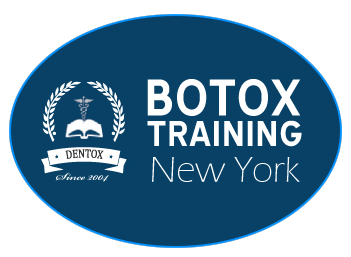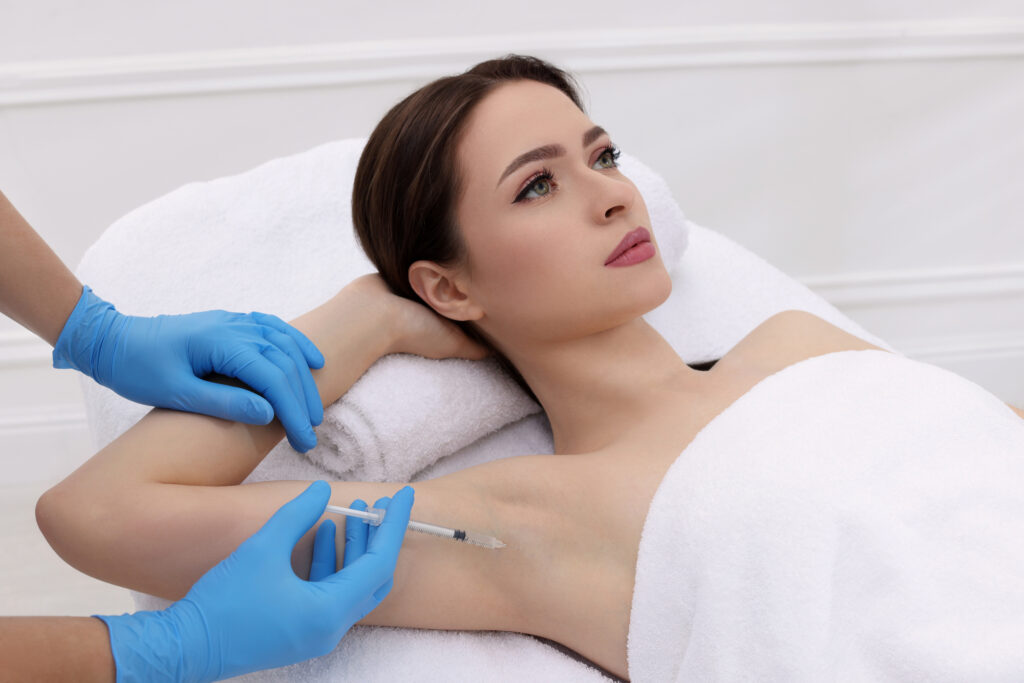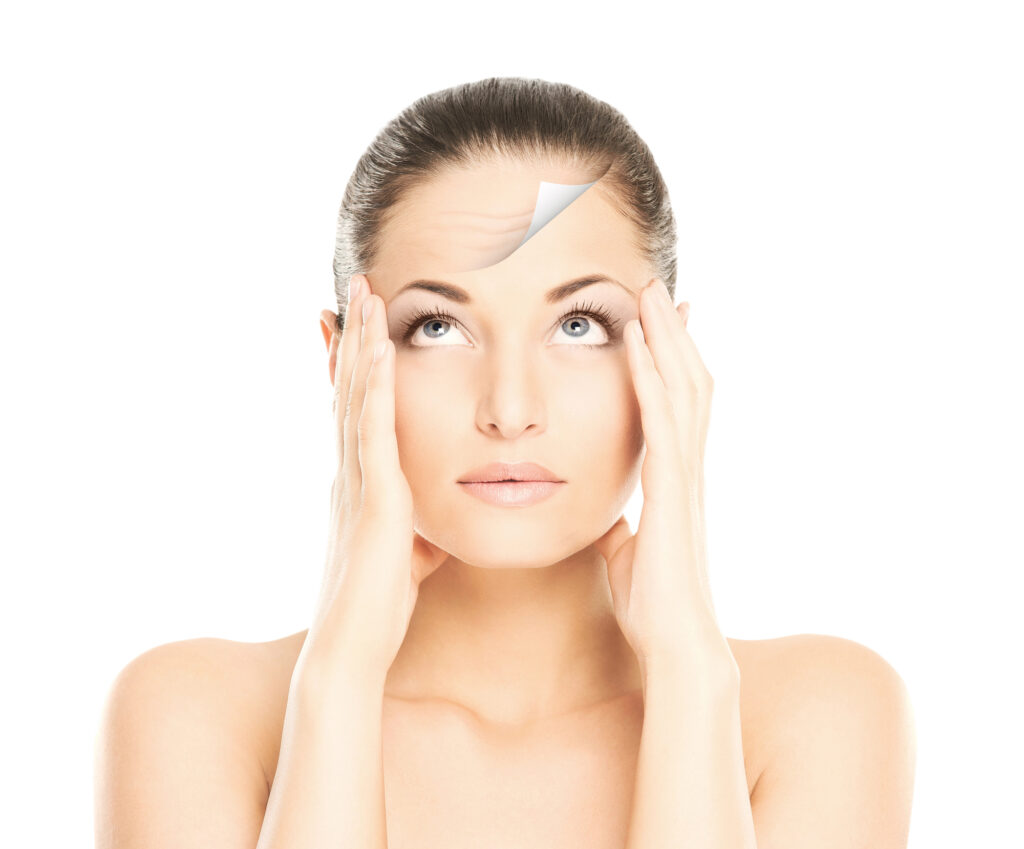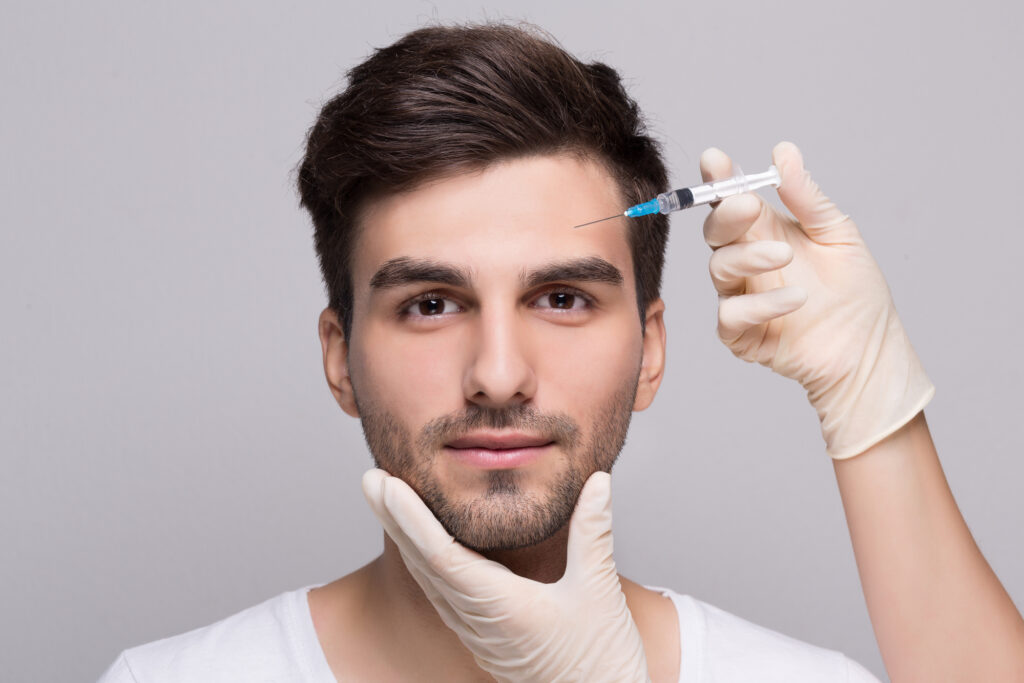New York Botox Course FAQs
Who is the course taught by?
Dr Howard Katz is the world leading expert in the field of Botox, and what is quite astonishing is that many people outside of that area has usually not heard of him.
Why should I listen to him?
When you learn how to administer Botox to a patient, you want to be sure that the person who is teaching you knows absolutely every inch of the types of procedures; that they understand the different legal statuses of Botox in various areas of the country and internationally; and that they are confident in every aspect of what they are doing. When you have Dr Howard Katz, the expert who has personally patented the majority of the tools and techniques that are used within Botox, and who has worked directly with many pharmaceutical companies in order to develop those chemicals, that is exactly who you get.
How many days is the training course?
This is a training course that only takes one day, which has been perfectly created in order to get all of the key information that you require in order be able to become a Botox certified administrator at your dental practice. This may not seem to be enough, but many previous attendees of the Dentox training have commented on just how impressed they have been at how much Dr Howard Katz has been able to pack into just that one day.
What will I learn in the Botox teaching?
All attendees will learn how to assess a patient for Botox treatment, how to prepare the injection perfectly, and how to administer the procedure – and what to do in order to correct any potential mistakes. Dr Howard Katz will also talk through marketing and business management in order to give dental professionals support in this new area of their business, and talk through the different legal aspects that all those who work within Botox administration should be aware of. Having live patients at the Dentox training course that you can practise on, with Dr Howard Katz attending and helping perfect your technique, is just another impressive bonus to taking this course.
Is there other training included in the course?
Take advantage of Dr Howard Katz’ time by ensuring that you stay for the entire day of the training course. This will enable you to receive quality teaching on not only Botox administration, but also dermal fillers and platelet rich plasma. Dermal fillers are used as a more physical alternative to Botox, for those who do not want their muscles semi-permanently relaxed, but instead would like something added to their face just underneath the skin. Platelet rich plasma treatment, not something that is often offered within a dental practice, is perfect for revitalising and refreshing the skin’s natural glow and health.
Am I a good candidate for the course?
If you have any dental training then you are going to be an excellent candidate for the Botox training course, as so much of the initial training can be skipped. This would be inadvisable for individuals who do not have the medical training and dental training that any health professional who works day to day in a dental practice already has, but when you have given thousands of injections to patients in facial muscles and nerves, you do not need someone to teach you how to do that on a training course!
Where is the training?
You will be able to attend the training in New York City, a much more convenient location than many of the other training programs that are offered to individuals. As well as having strong transport links with the surrounding areas, as well excellent air links, there will be plenty of local dental professionals who will want to take advantage of such a prestigious training course taking place literally in their back yard.
To register for the Botox training program in New York, call (929) 223-4445

















